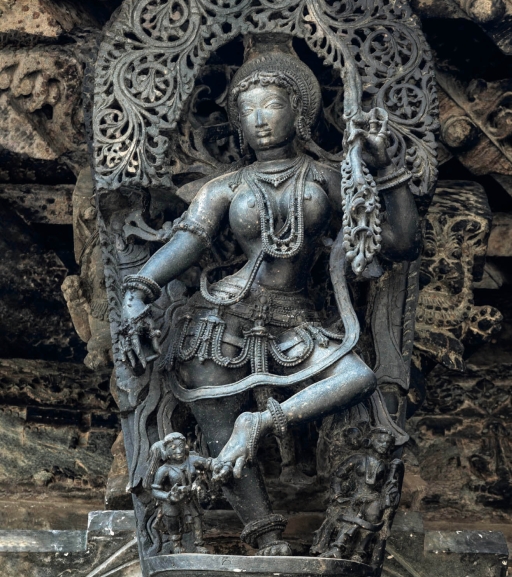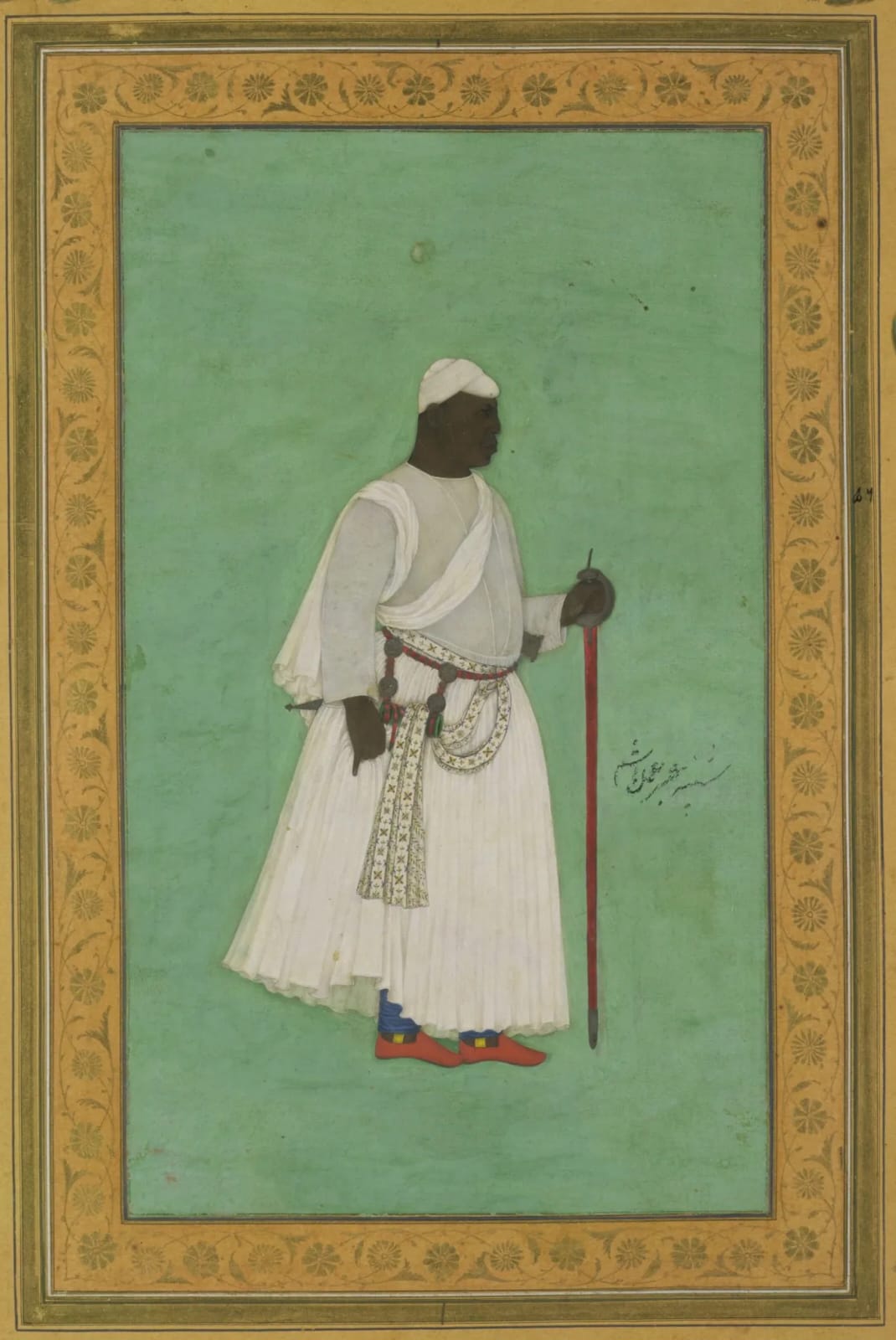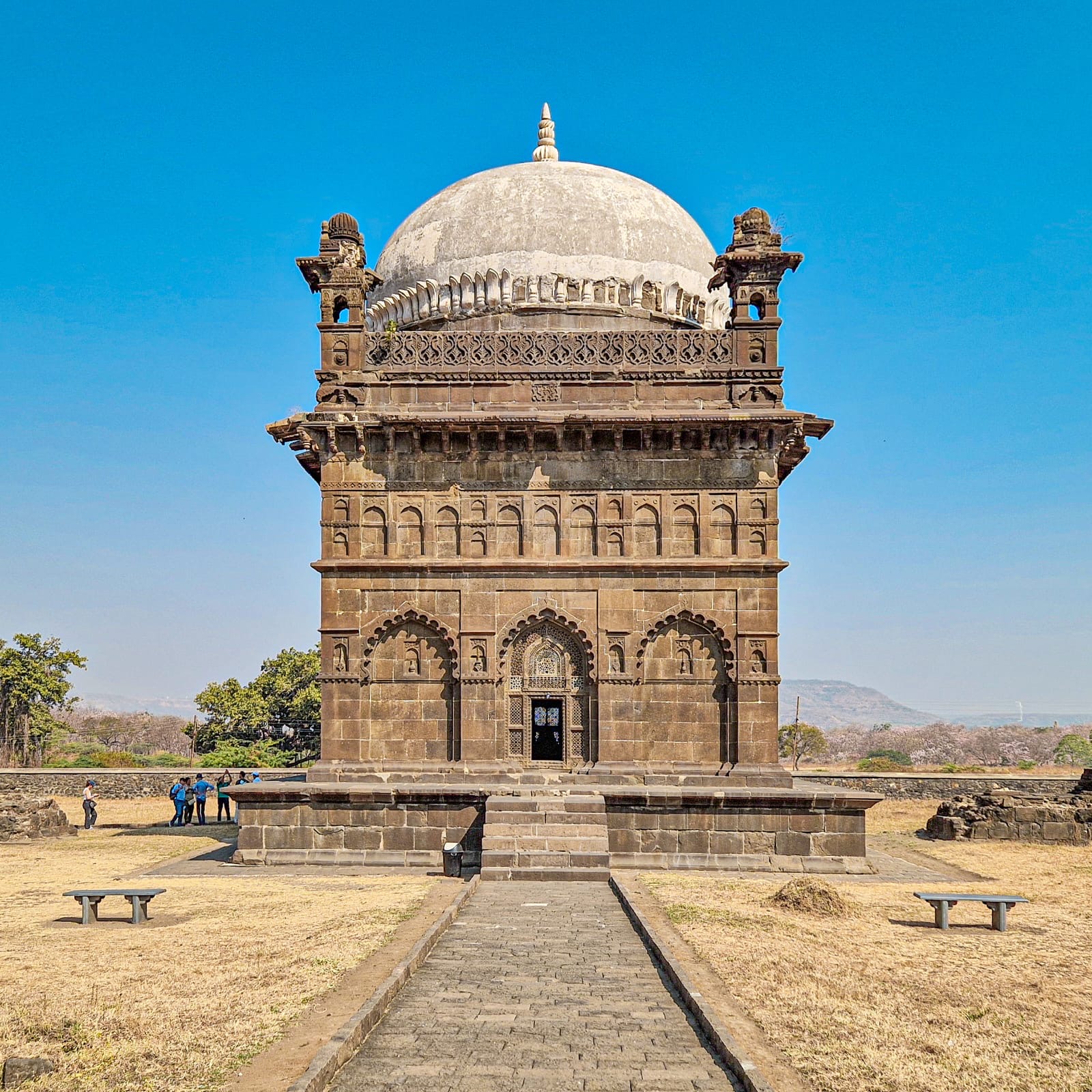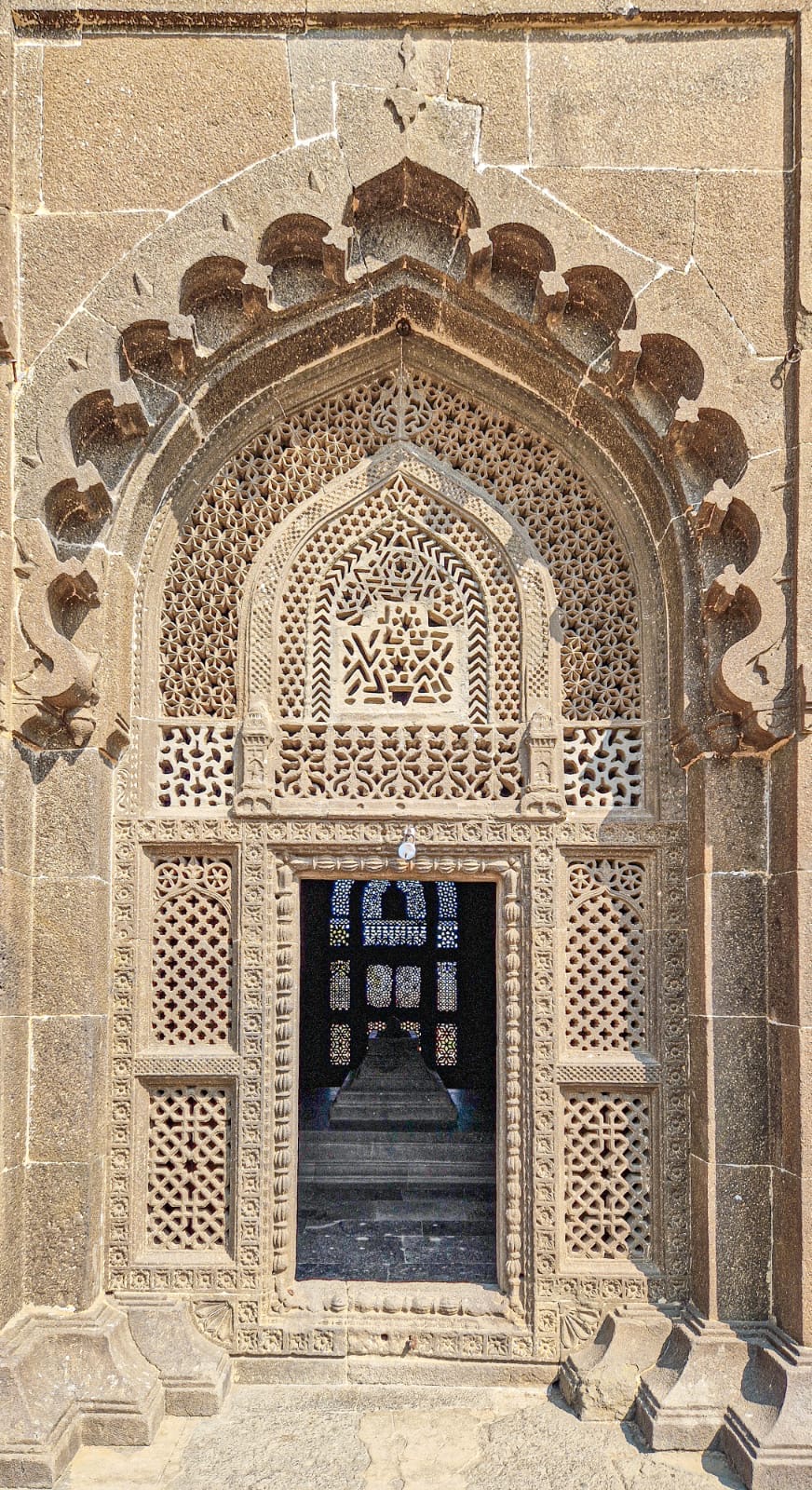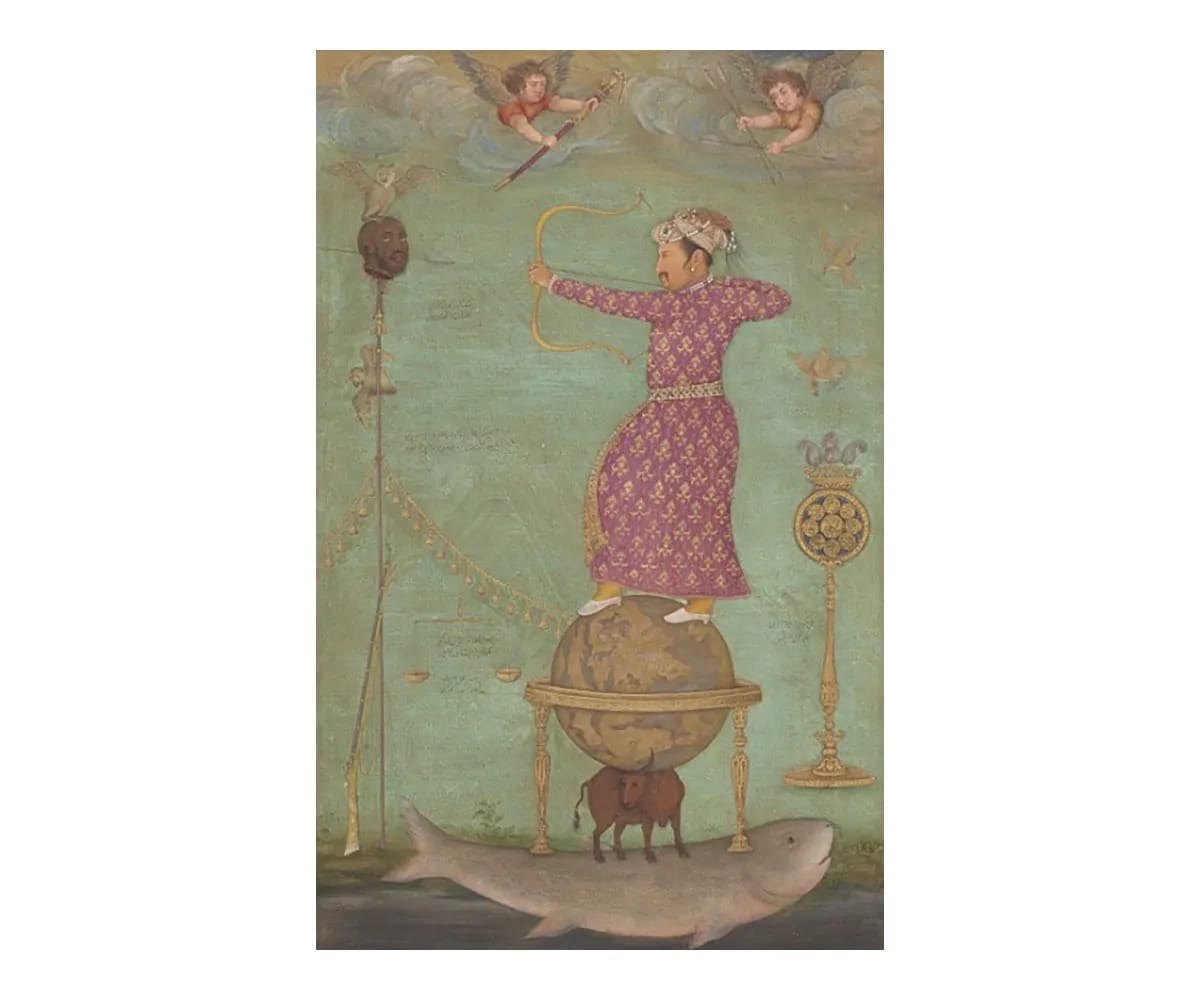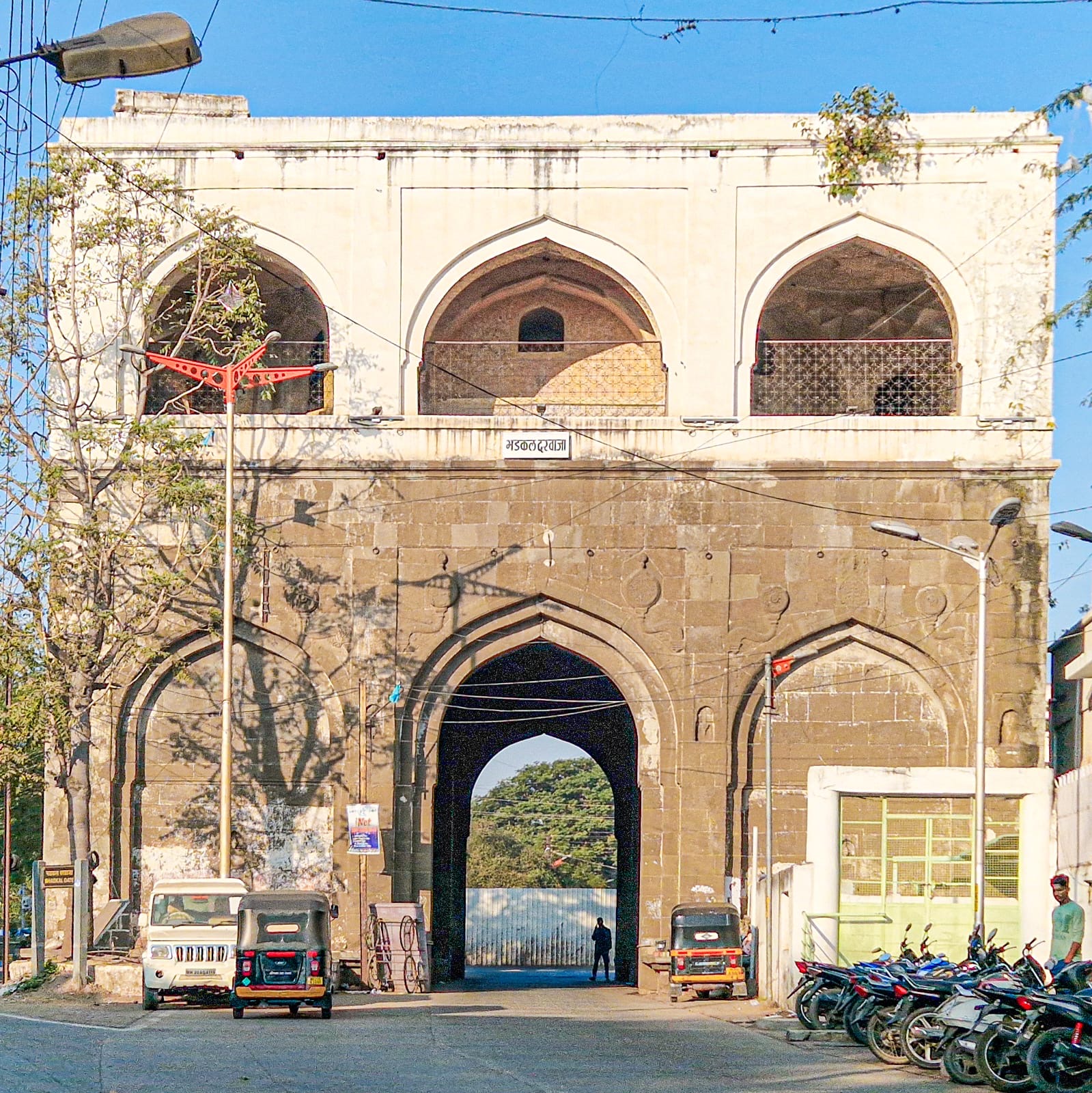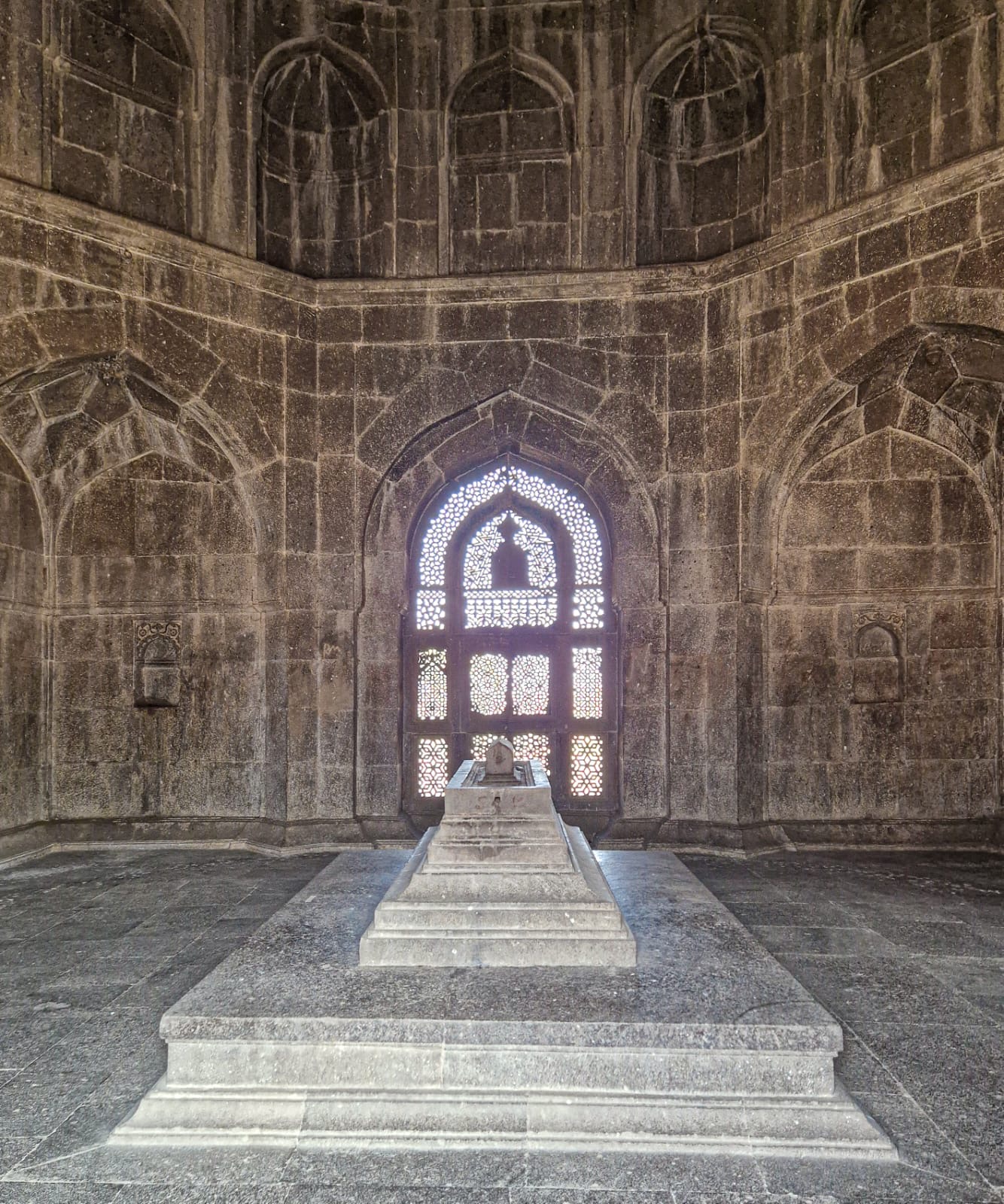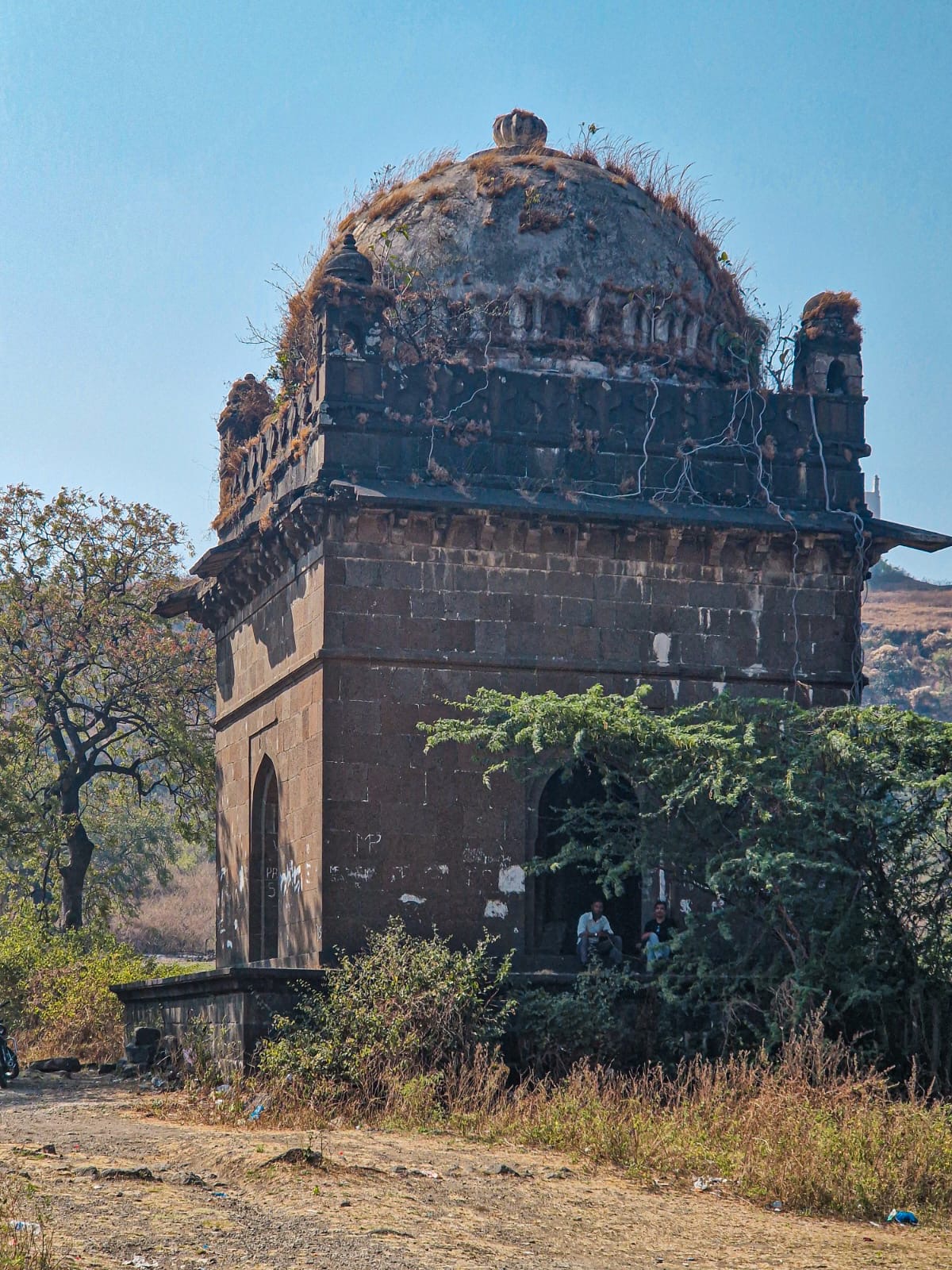The Ethiopian Ruler of Maharashtra
Sam Dalrymple
Malik Ambar was one of the most extraordinary figures in world history.
“He has a stern Roman face” recalled one traveller, “and is tall and strong of stature”, though his white glassy eyes… do not become him.”
Born with the name ‘Chapu” in Har into Ethiopia’s Oromo tribe, Ambar was “captured as a boy and sold to an Arab for twenty ducats.” He was sold again in Baghdad and finally sold to an Indian who eventually brought him to Maharashtra.
Eventually he was sold to the Peshwa (Chief Minister) of Ahmednagar – a man who was himself a former Ethiopian slave.
Five years later, the Peshwa died and the Peshwa’s widow finally granted Malik Ambar his freedom.
He became the leader of a mercenary squad, and had four children, one of whom he named after his former owner the Peshwa.
Then all of a sudden the Mughals conquered Ahmadnagar and Malik Ambar launched a resistance movement to place a scion of the Nizam Shahi dynasty back on the throne.
His movements attracted Dakhni and Marathi speakers alike and as the Mughal Empire erupted into a war of succession after Akbar’s death, Malik Ambar emerged as de facto ruler of the former kingdom of Ahmadnagar. Soon much of modern Maharashtra was now simply refrered to as “Ambar’s land”.
As the Mughal Emperor Jahangir took to the throne in Agra, he commisioned a painting of himself shooting Malik Ambar in the face.
Ambar’s right hand man was Maloji Bhonsle – a Maratha warlord and grandfather of Shivaji – and in the following decades, the Ahmednagar Sultanate began to transform into “a joint Habshi-Maratha enterprise.”
Malik Ambar finally died aged eighty, and was buried on the cliff face above the Ellora Caves. The Mughals had never managed to defeat him.
Reply
Forward

